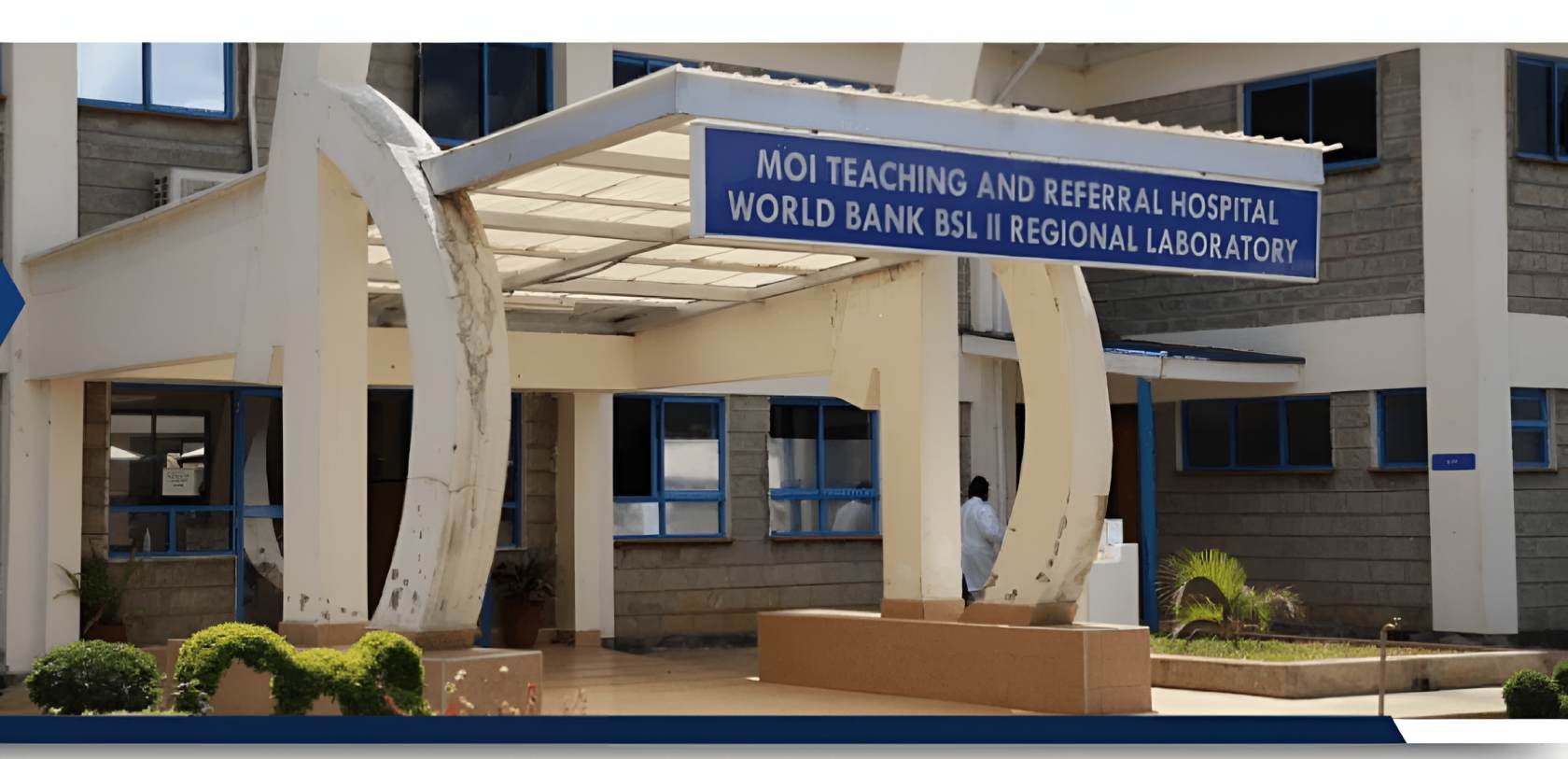MTRH performs first Stereotactic Radiosurgery on brain cancer patient

This non-invasive treatment delivers precise tumor-destroying radiation.
Moi Teaching and Referral Hospital (MTRH) has announced significant progress following its first-ever Stereotactic Radiosurgery (SRS) procedure.
The patient, referred to as MW, has shown remarkable recovery after the procedure, marking a key development in the hospital's ability to treat intricate neurological and oncological cases.
SRS is an advanced, highly accurate radiation therapy used to target specific abnormalities in the brain and spine, such as cancer, epilepsy, trigeminal neuralgia, and arteriovenous malformations.
This non-invasive treatment delivers precise tumor-destroying radiation, effectively treating cancers throughout the body while minimizing damage to surrounding healthy tissue.
Dr. Jesse Opakas, the Director of Hemato-Oncology at MTRH, explained, "SRS is a minimally invasive, non-surgical radiation therapy that delivers targeted radiation to treat brain tumors, vascular irregularities, and other neurological disorders. By focusing high doses of radiation on a small, defined area, it ensures minimal harm to healthy tissue."
This treatment can address a range of conditions, including both benign and malignant brain tumors such as acoustic neuromas, meningiomas, and metastatic brain tumors.
It is also used for vascular issues like arteriovenous malformations (AVMs), dural arteriovenous fistulas, and cavernomas, as well as functional disorders like trigeminal neuralgia, epilepsy, and movement disorders.
MTRH's adoption of TrueBeam technology is recognized for its high precision, accuracy, and efficiency.
Typically, treatments last between 5 to 10 minutes, with patients requiring only 1 to 5 sessions. For MW, five SRS sessions were necessary to treat metastatic breast cancer that had spread to the brain.
Dr. Opakas highlighted other systems capable of delivering SRS, such as Gamma Knife, Cyber Knife, and the charged particle accelerator.
The key benefits of SRS include its minimally invasive approach, precise targeting of tumors, a limited number of sessions, and its effectiveness in treating tumors that are difficult to reach or unsuitable for traditional surgery.
This advancement adds to MTRH's array of existing radiotherapy treatments, which includes Volumetric Arc Therapy (VMAT), Intensity Modulated Radiation Therapy (IMRT), Brachytherapy, 3D conformal radiotherapy, as well as chemotherapy and various surgical options.
Dr. Philip Kirwa, the CEO of MTRH, thanked the Government of Kenya, the Ministry of Health, the hospital's Board, and its staff for making this service a reality.
"This investment will have a profound impact on many lives. SRS is transforming the landscape of oncology and neurosurgery, offering significant improvements in patient outcomes," he remarked.
MTRH also confirmed that the procedures are covered under the Social Health Authority (SHA).
